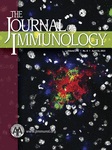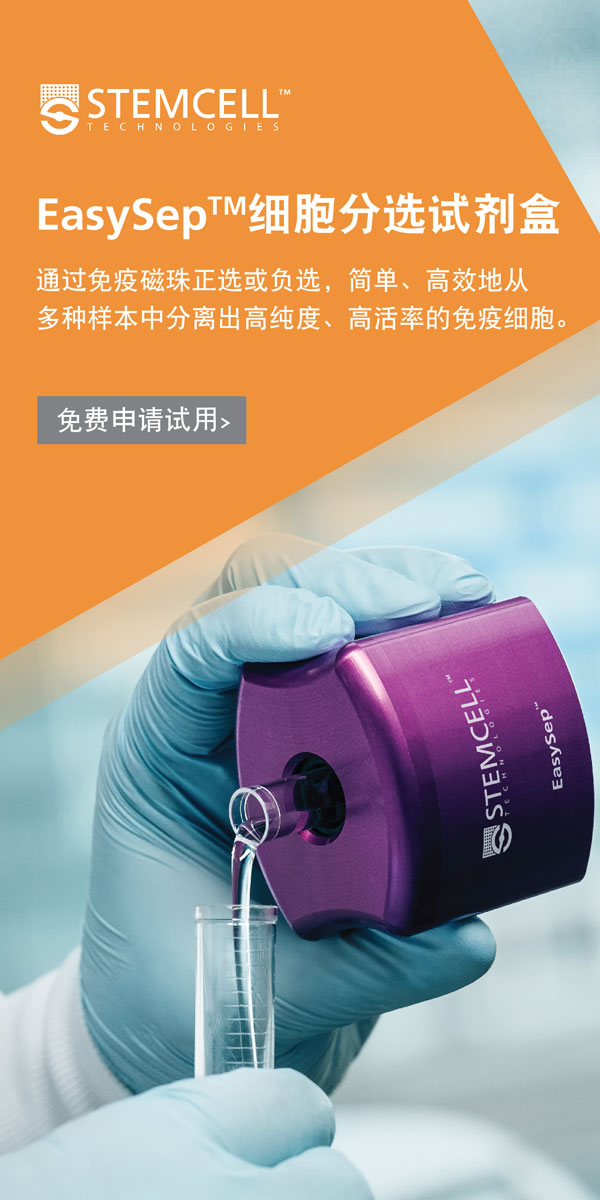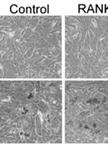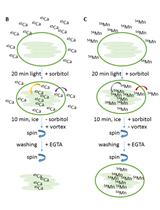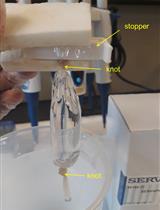- EN - English
- CN - 中文
Determination of the Intracellular Calcium Concentration in Peritoneal Macrophages Using Microfluorimetry
显微荧光测定腹腔巨噬细胞中的胞内钙浓度
发布: 2013年12月05日第3卷第23期 DOI: 10.21769/BioProtoc.988 浏览次数: 18084
评审: Fanglian He
Abstract
Calcium is one of the most important intracellular messengers in biological systems. Ca2+ microfluorimetry is a valuable tool to assess information about mechanisms involved in the regulation of intracellular Ca2+ levels in research on cells and in living tissues. In essence, the use of a dye that fluoresces in the presence of a target substance allows the detection of changes in the concentration of this molecule by determining the changes in the fluorescence of the probe (increases or decreases, depending on the nature of the dye used; for a review see Tsien et al. 1985). In this regard, there have been developed two different methodologies to assess intracellular Ca2+ measurements. On the one hand, ratiometric methods are based on the use of a ratio between two fluorescence intensities linked to the physicochemical properties of the probe. This allows correction of artifacts due to bleaching, changes in focus, variations in laser intensity, etc. but makes measurements and data processing more complicated since they require more expensive equipment with the possibility to change the wavelength emission/detection in a rapid way. Some ratiometric Ca2+ indicators are Fura-2 and Indo-1. On the other hand, on binding to Ca2+, indicators used for non-ratiometric measurements show a shift in their fluorescence intensity (the free indicator has usually a very weak fluorescence). Therefore, although an increase in fluorescence signal can be related directly to an increase in Ca2+ concentration, the fluorescence intensity depends on many factors such as acquisition conditions, probe concentration, optical path length, balance between the affinity constants of proteins binding Ca2+, among others. However, the fluxes of Ca2+ are of such a magnitude that these interferences are minor contributors to biases in the measurements. There are many non-ratiometric calcium indicators, some of which are Fluo-3, Fluo-4 and Calcium-Green-3. Consequently, the most suitable Ca2+-probe for each experiment will depend on the range of Ca2+ concentration that has to be evaluated, instrumentation, loading requirements, etc. In the present report we describe the protocol employed to quantify intracellular Ca2+ changes in peritoneal macrophages using Fura-2 as a fluorimetric probe and a microfluorimetric protocol that allows quantification of responding cells to a given stimulus, localization of the main intracellular domains sensing Ca2+ changes and a time-resolved analysis of the Fura-2 fluorescence that reflects the intracellular dynamics of Ca2+ in these cells (Través et al., 2013).
Keywords: Calcium fluxes (细胞内钙流)Materials and Reagents
- Fura 2-AM (Life Technologies)
- DMSO (Sigma-Aldrich)
- EGTA
- CaCl2
- HEPES
- Trypan Blue
- FCS
- Vacuum grease
- Peritoneal macrophages obtained from Balb/c male mice (8-12 weeks old) 4 days after i.p. administration of 2.5 ml of 3% thioglycollate solution
Note: In our study (Traves et al., 2013), the effect of prostaglandin E2 on the response to P2X/P2Y agonists ATP and BzATP was studied in depth. All these molecules were purchased from Sigma-Aldrich (St. Louis, MO). - 10x DPBS without Ca2+ Mg2+ (Lonza)
- Locke's solution (see Recipes) (supplemented with 1 mg/ml BSA)
Equipment
- Coverslips 0.13-0.16 mm thickness (15 mm of diameter) (SCHOTT AG)
- Forceps
- 35 mm culture dishes
- Basic water-jacket CO2 incubator
- Perfusion chamber RC-25F (Warner Instruments)
- Valves employed for cell perfusion (Warner Instruments)
- Perfusion valves controller VC 8 (Warner Instruments)
- Vacuum pump
- Water bath
- NIKON TE-200 microscope with a Plan Fluor x20/0.5 water objective( Nikon Corporation, model:TE-200)
- Dichroic mirror (430 nm) and a 510 nm band-pass filter (Omega Optical)
- ORCA-ER C4742-80 camera (Hamamatsu Photonics K. K., model: C4742-80)
- Filter wheel Lambda 10-2 (Sutter Instrument Company)
Software
- MetaFluor 6.2r & PC software (UNIVERSAL SOLUTIONS)
Procedure
文章信息
版权信息
© 2013 The Authors; exclusive licensee Bio-protocol LLC.
如何引用
González-Ramos, S., Carrasquero, L. M. G., Delicado, E. G., Miras-Portugal, M. T., Fernández-Velasco, M. and Boscá, L. (2013). Determination of the Intracellular Calcium Concentration in Peritoneal Macrophages Using Microfluorimetry. Bio-protocol 3(23): e988. DOI: 10.21769/BioProtoc.988.
分类
免疫学 > 免疫细胞功能 > 巨噬细胞
生物化学 > 其它化合物 > 离子 > 钙
细胞生物学 > 细胞成像 > 微流体
您对这篇实验方法有问题吗?
在此处发布您的问题,我们将邀请本文作者来回答。同时,我们会将您的问题发布到Bio-protocol Exchange,以便寻求社区成员的帮助。
Share
Bluesky
X
Copy link


